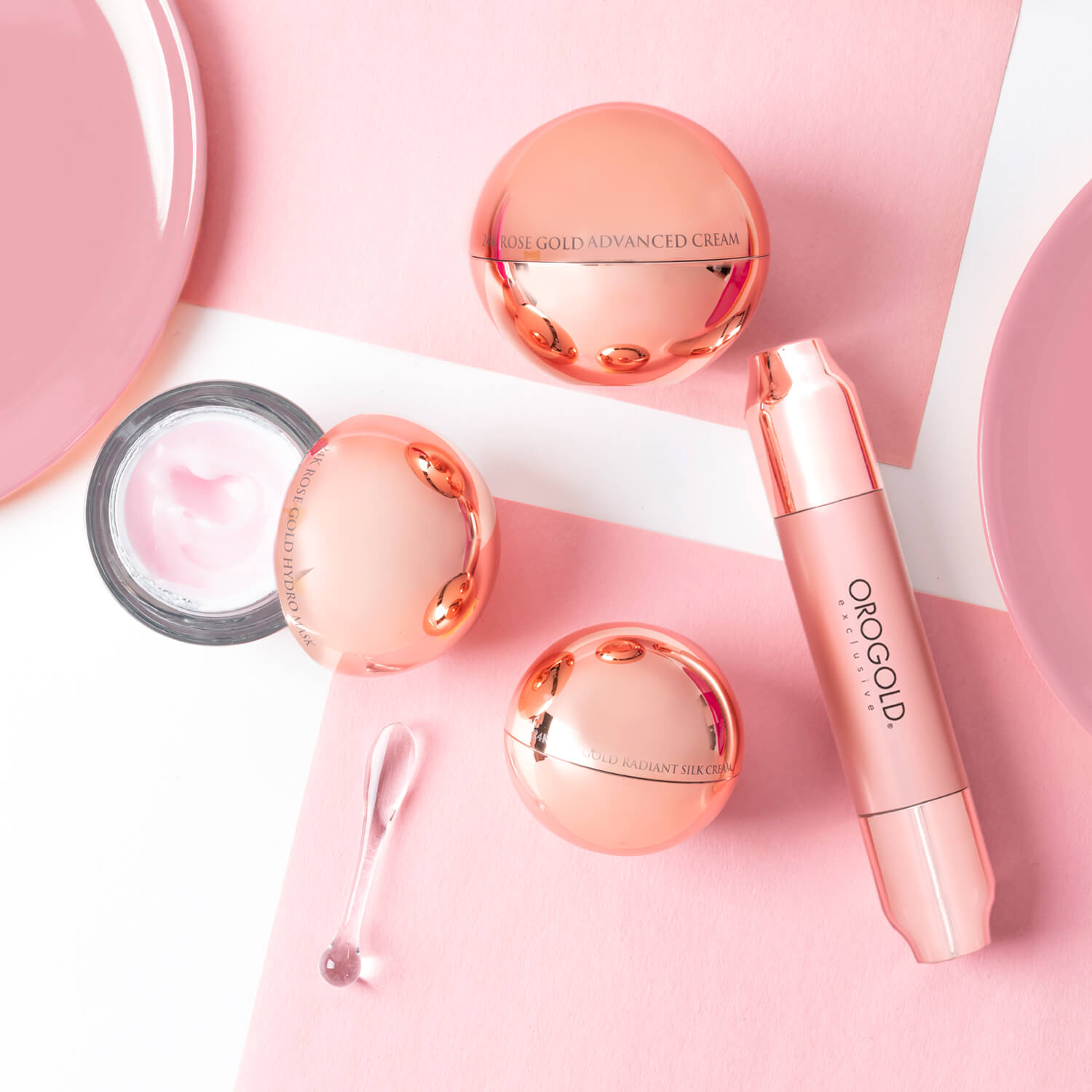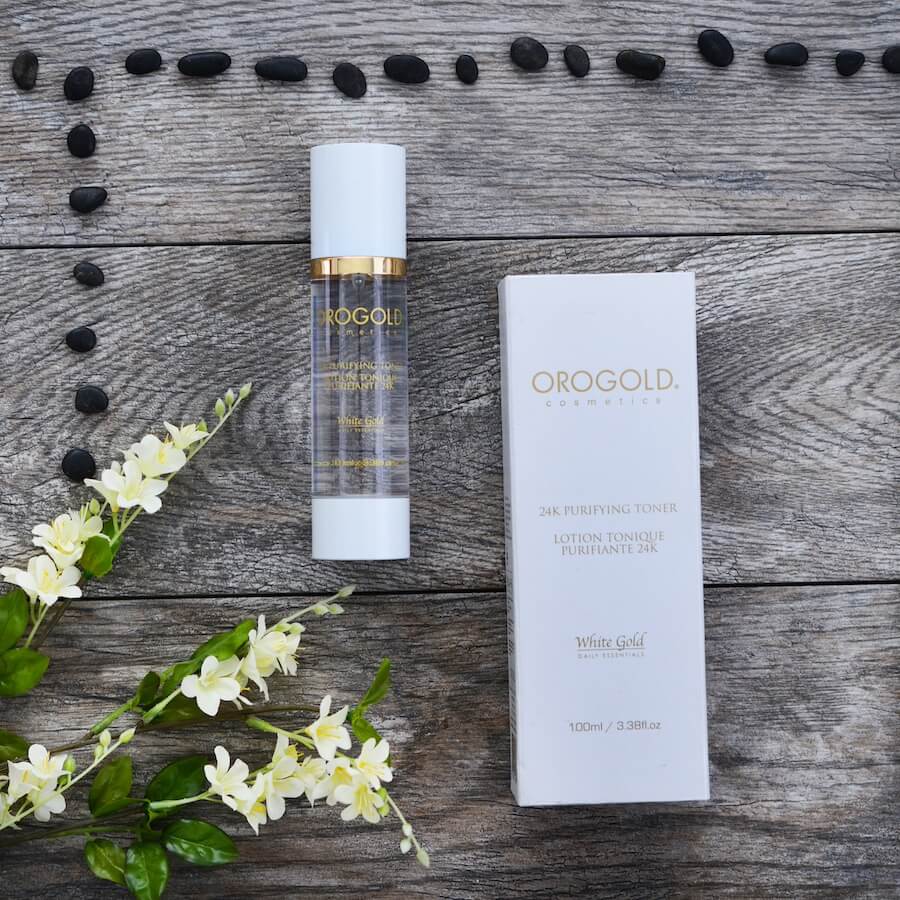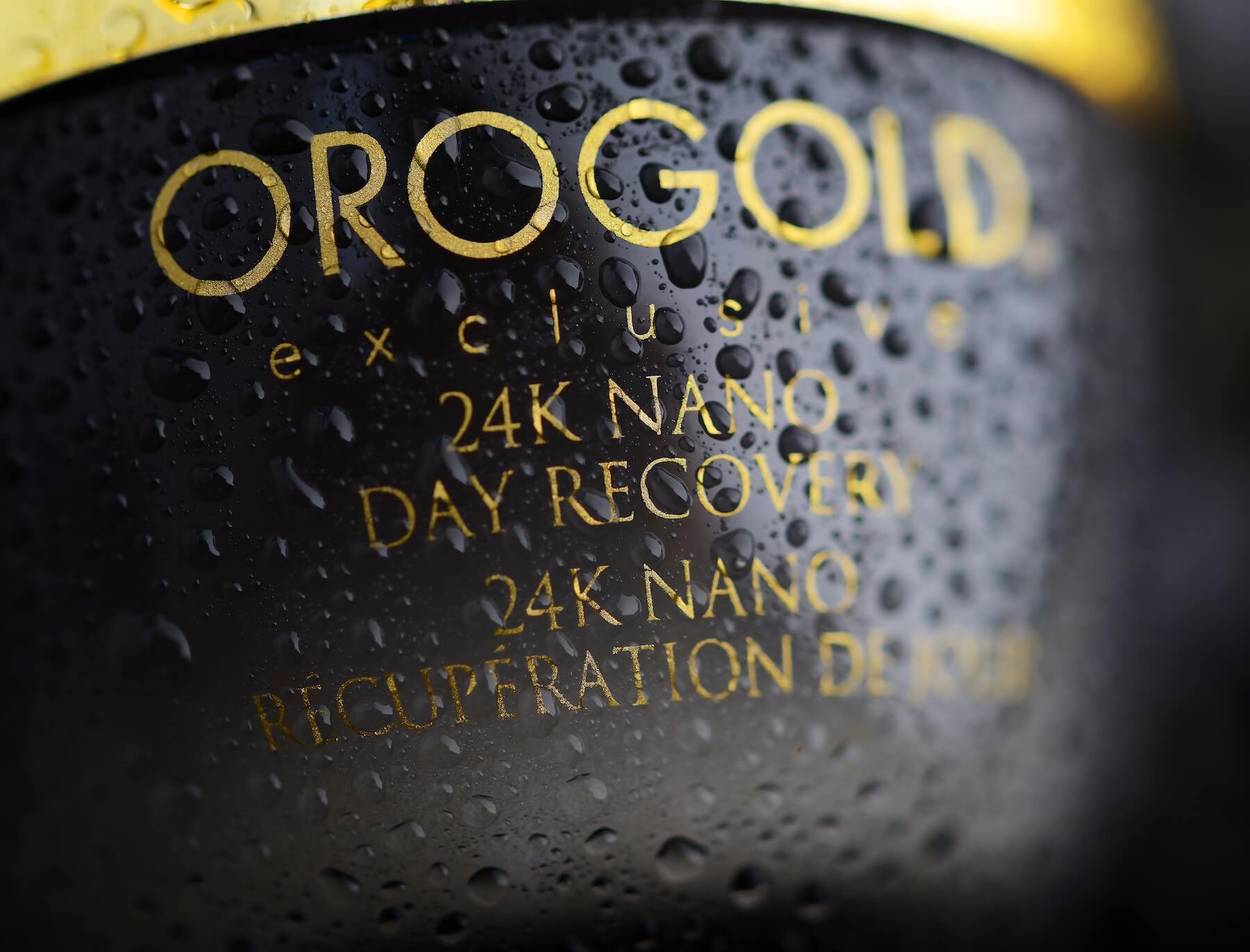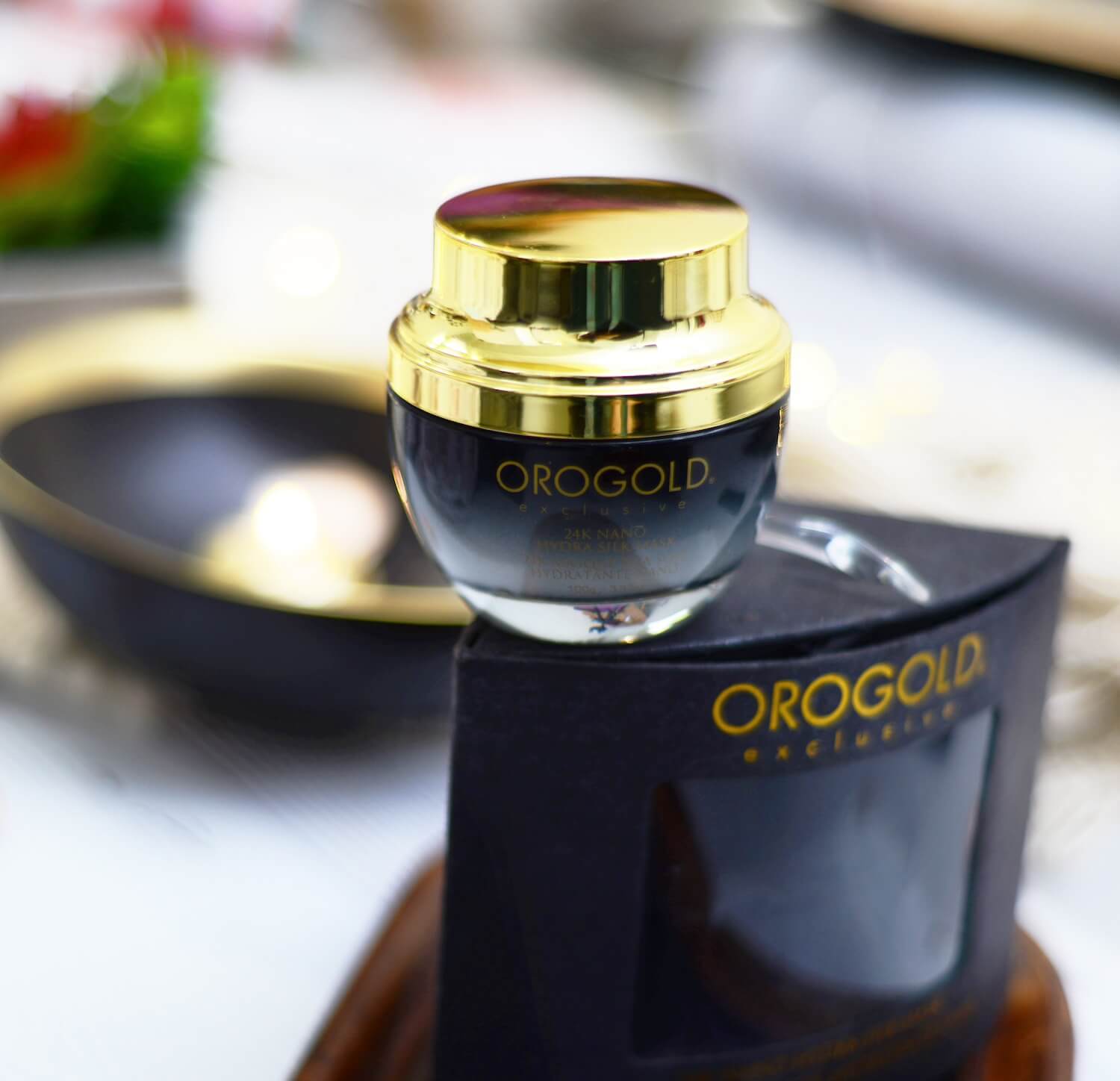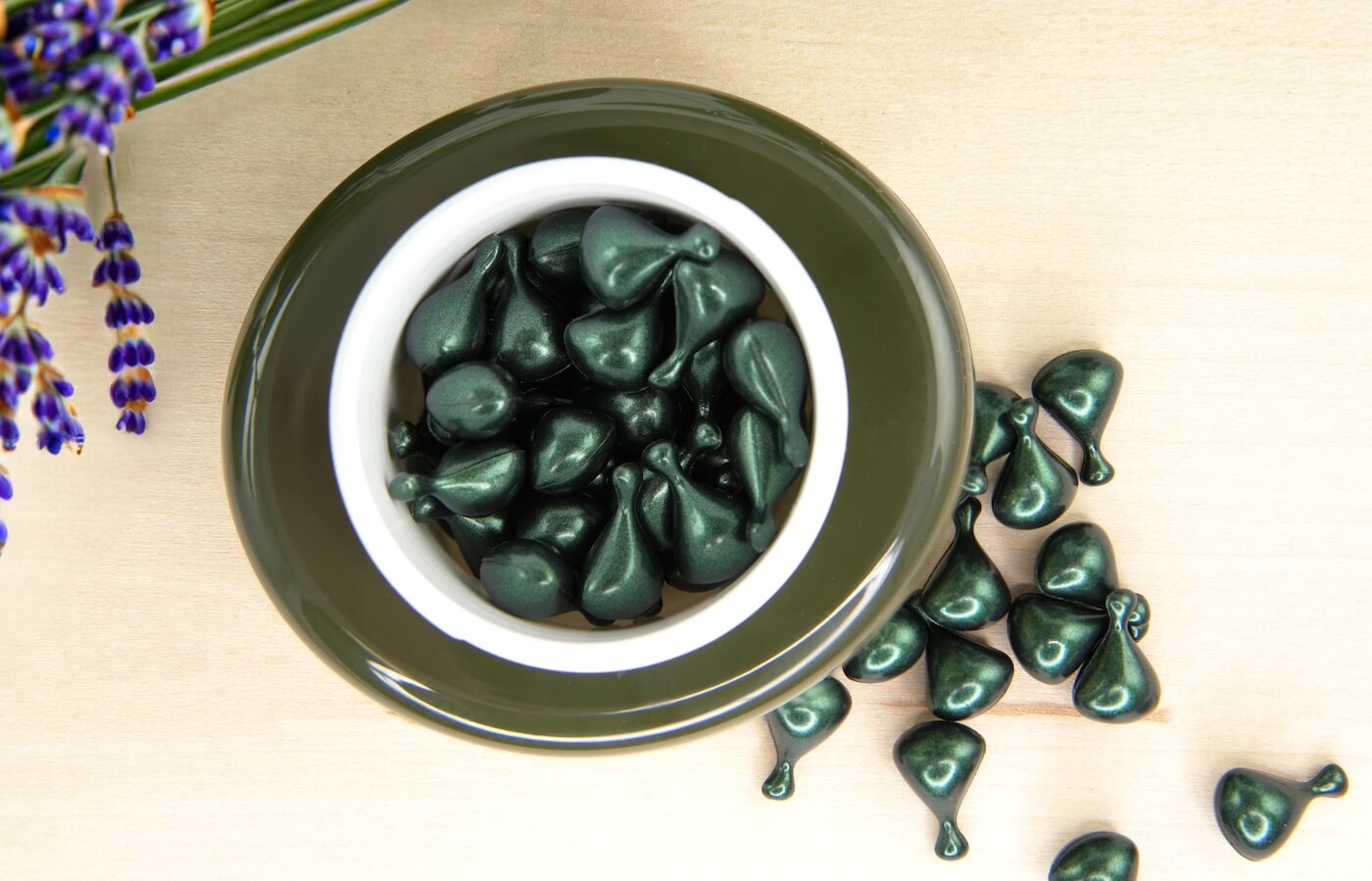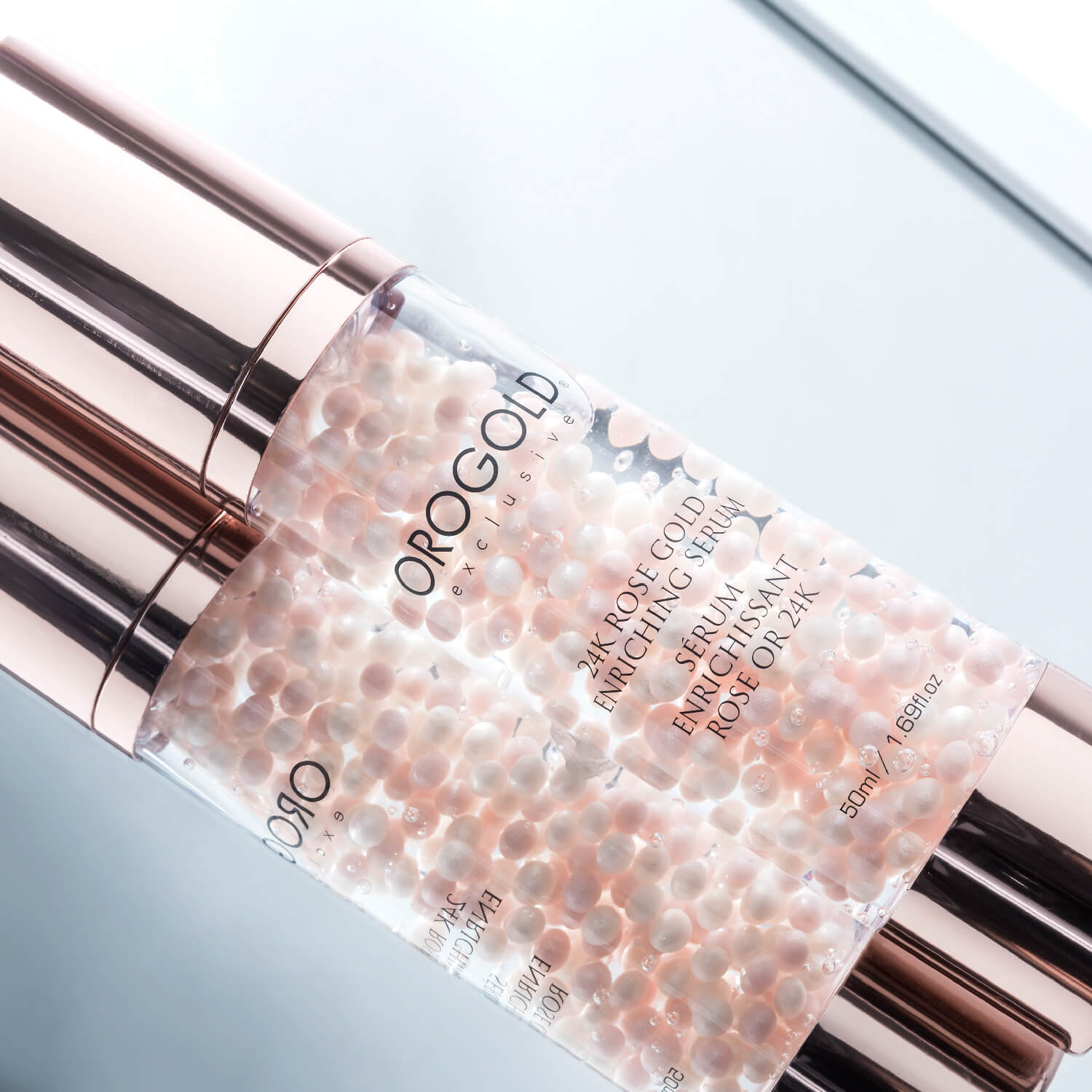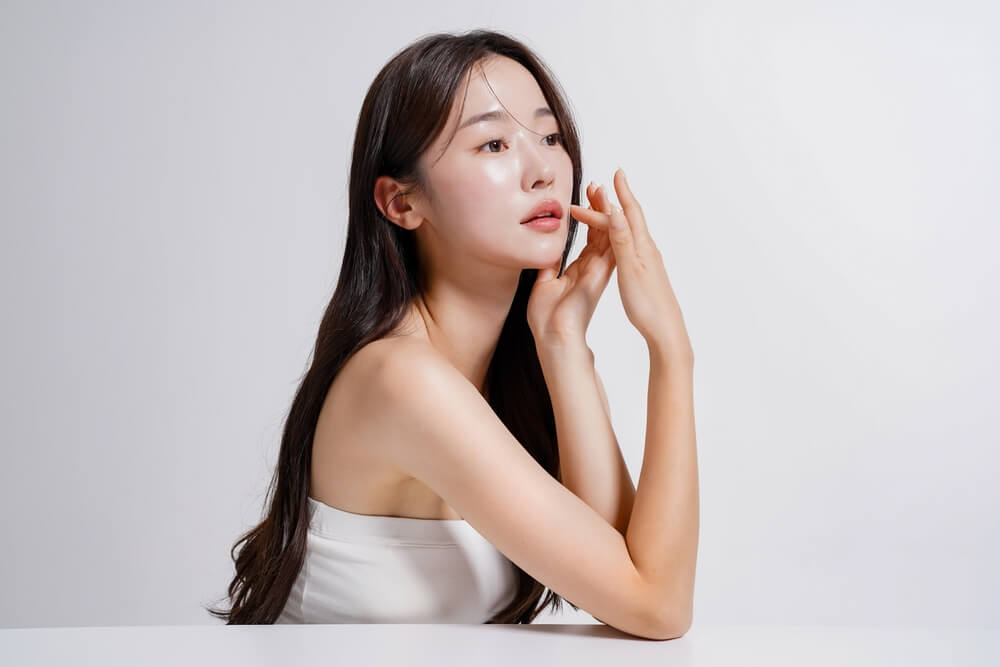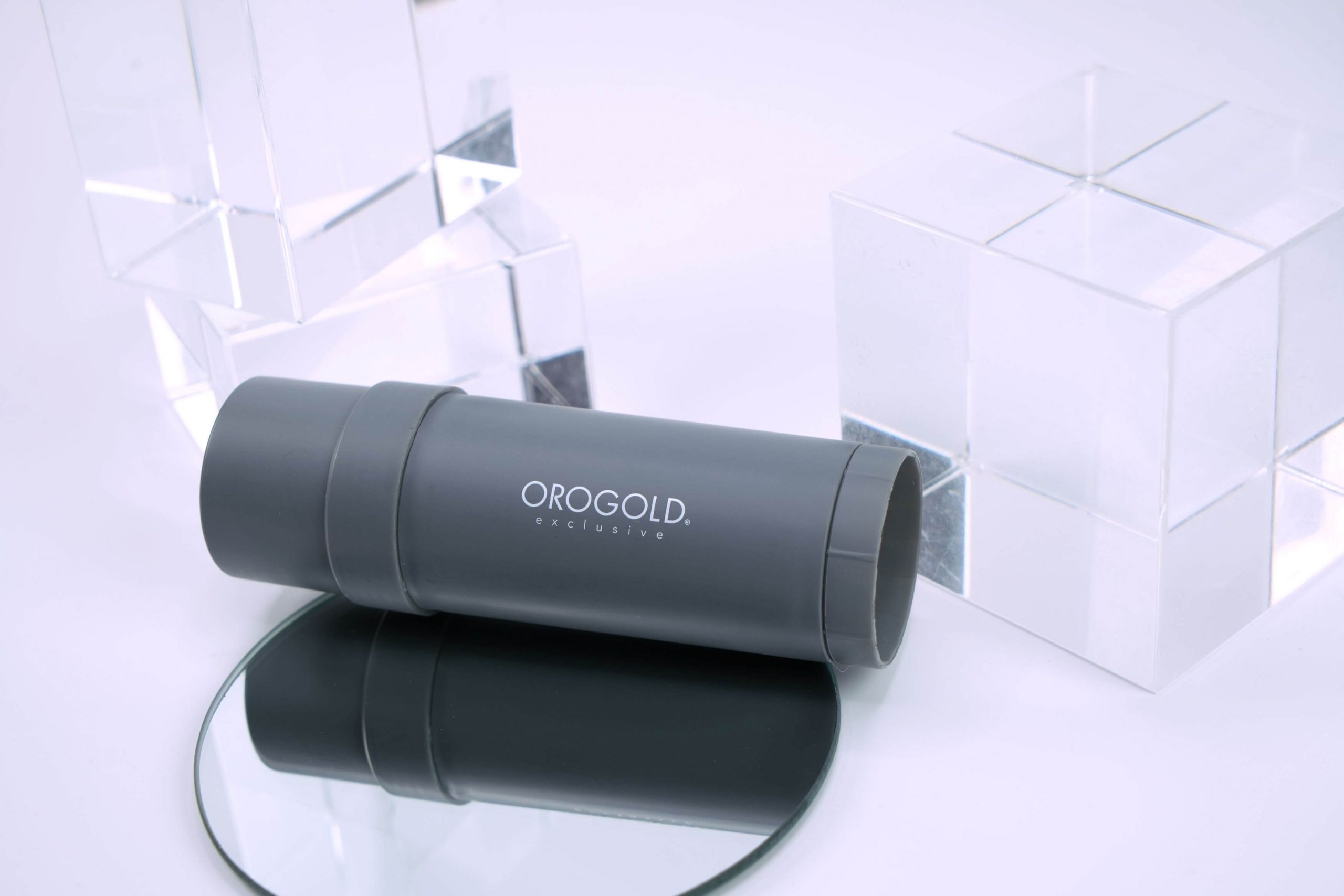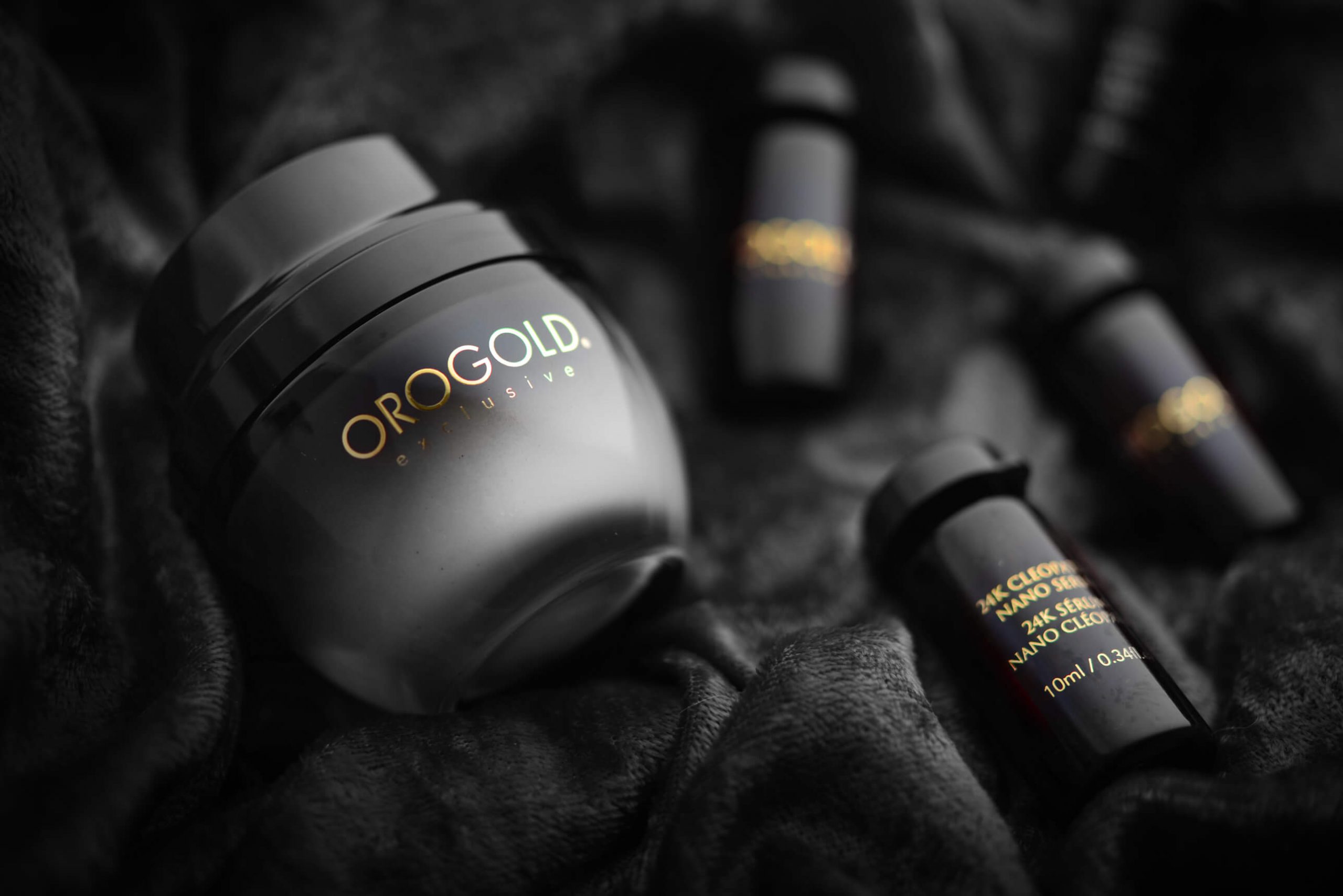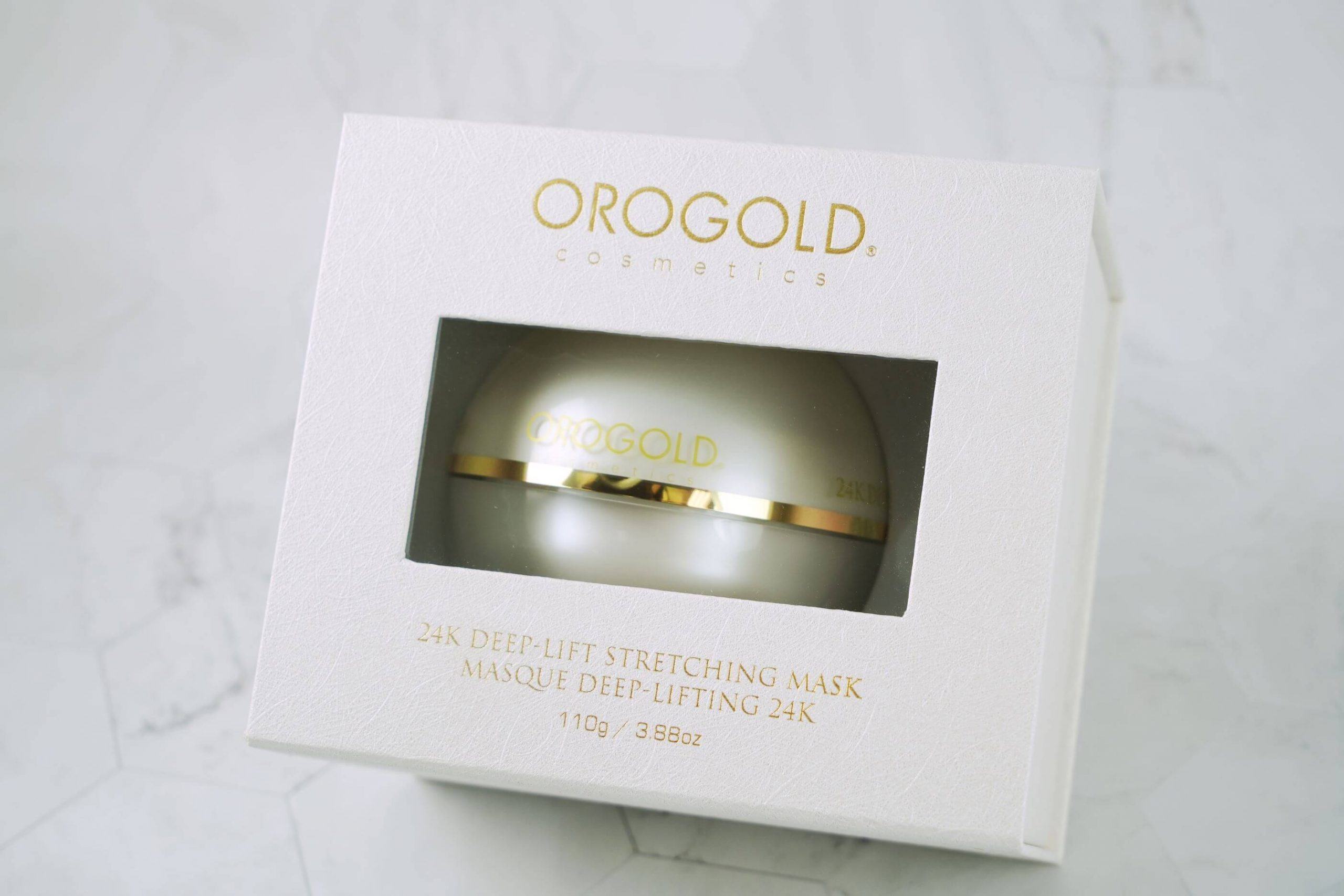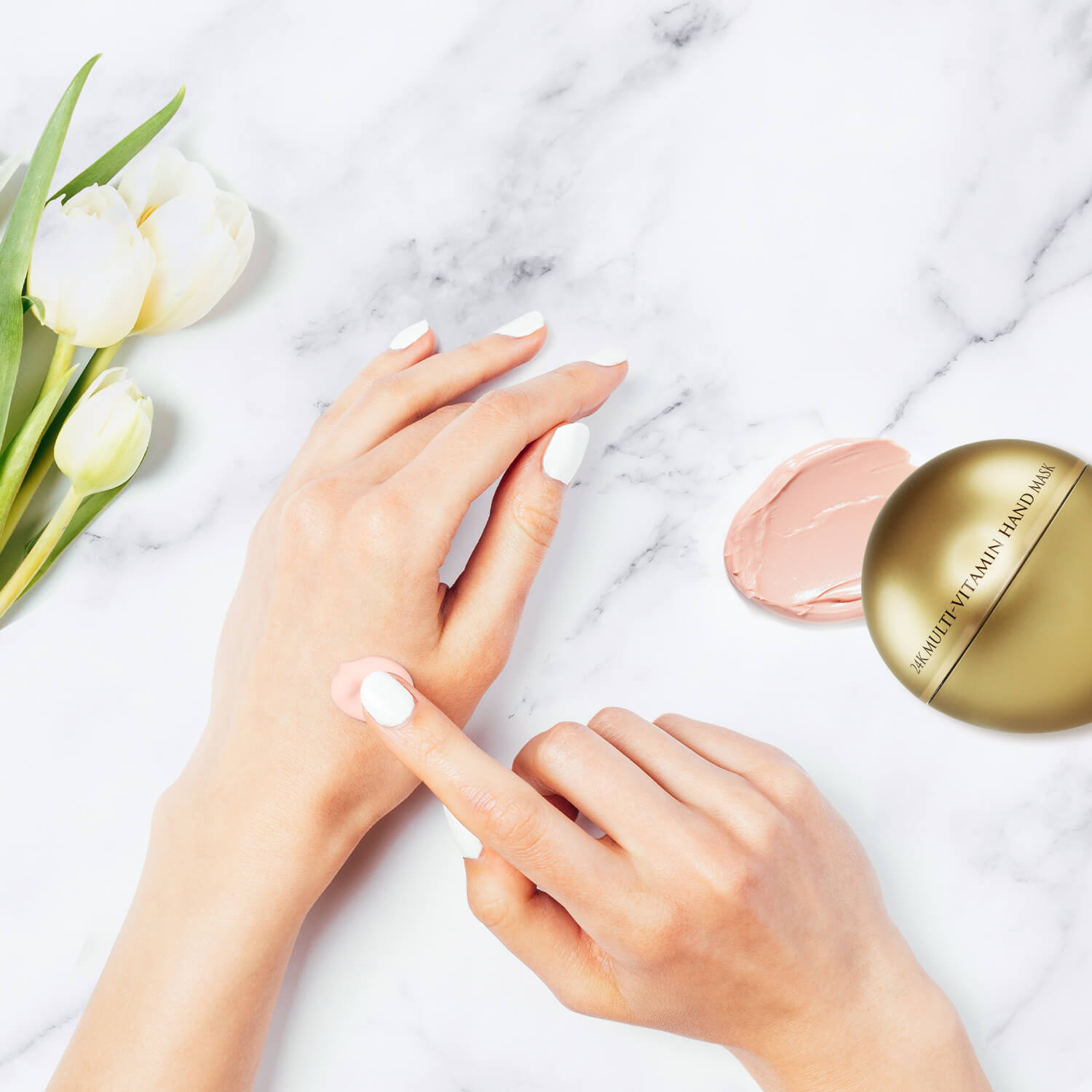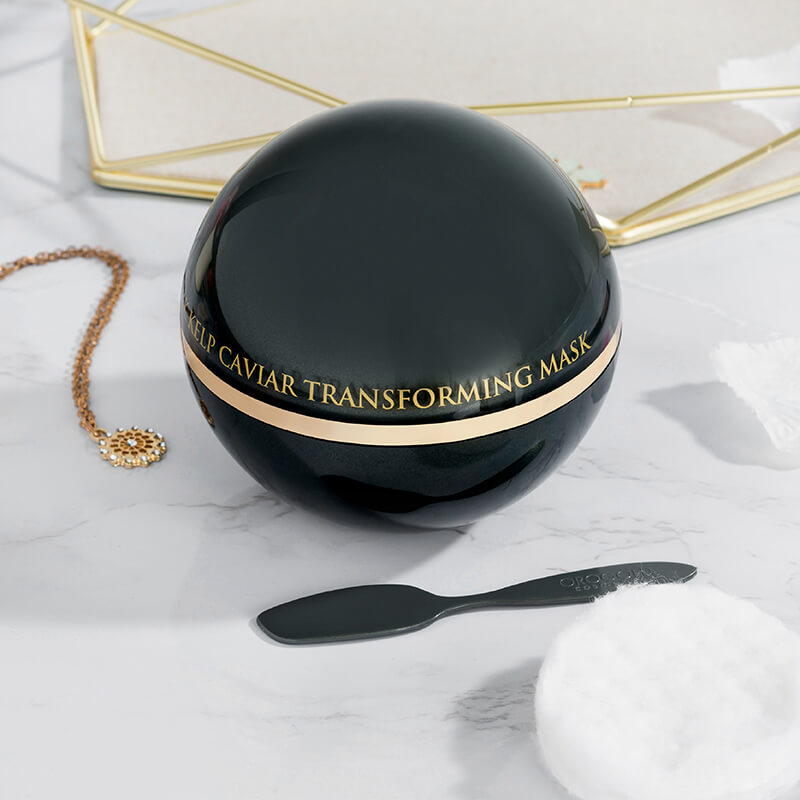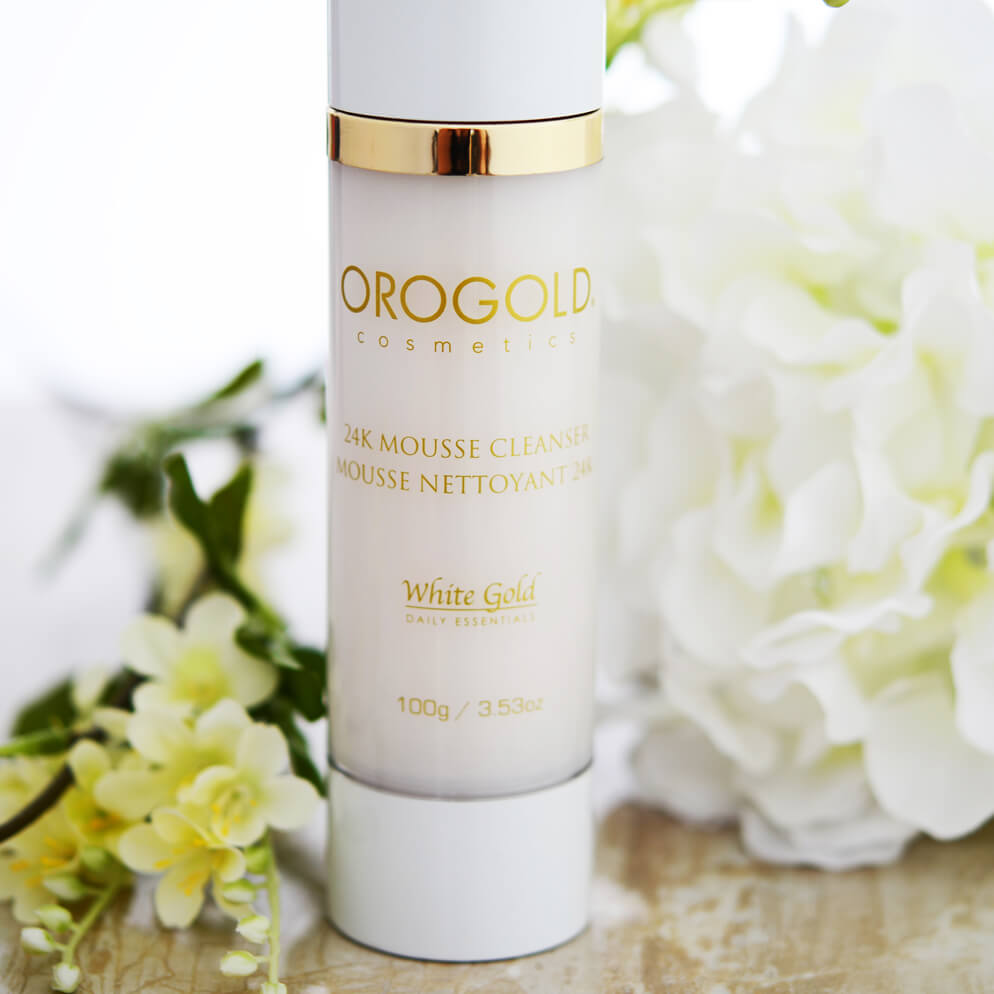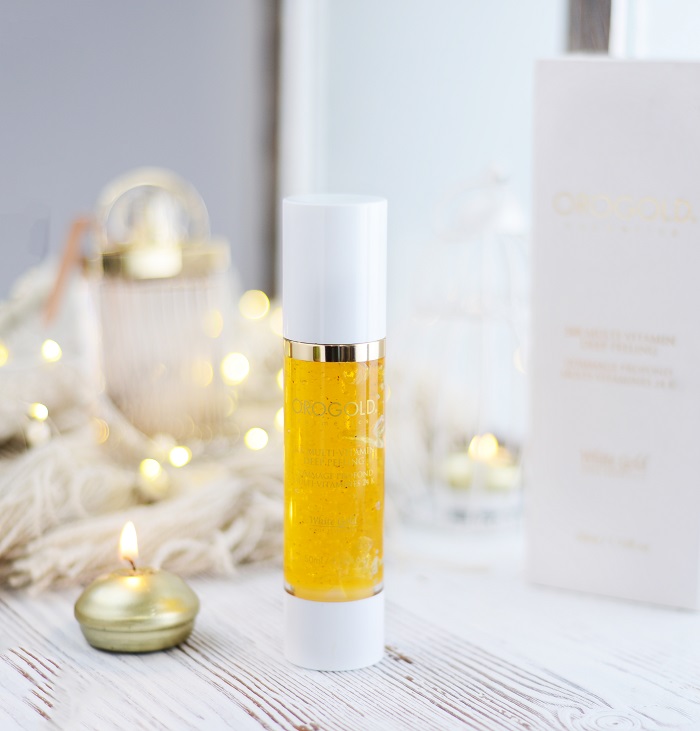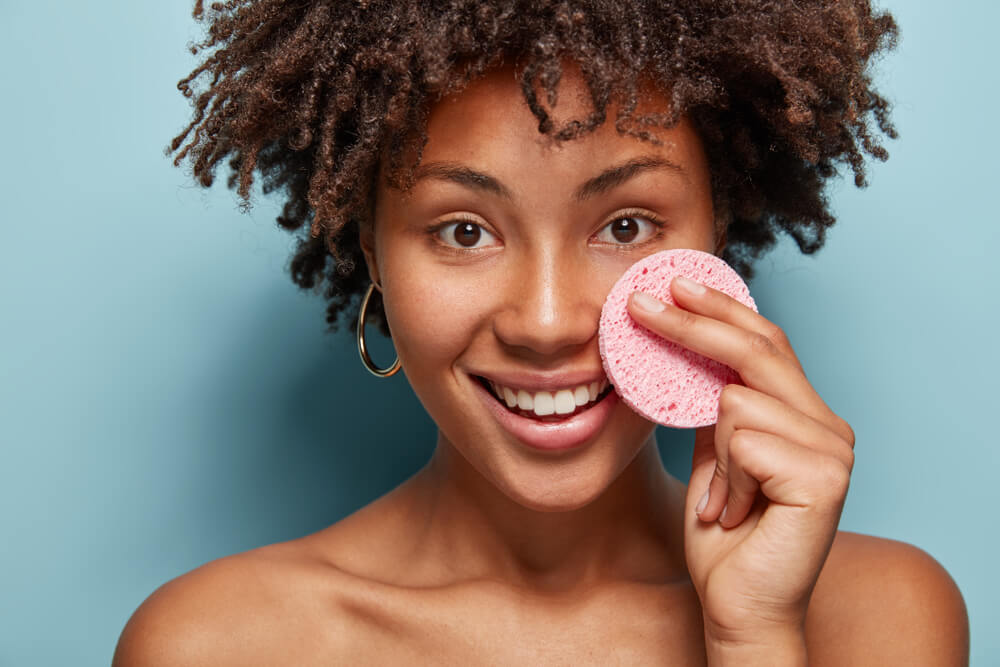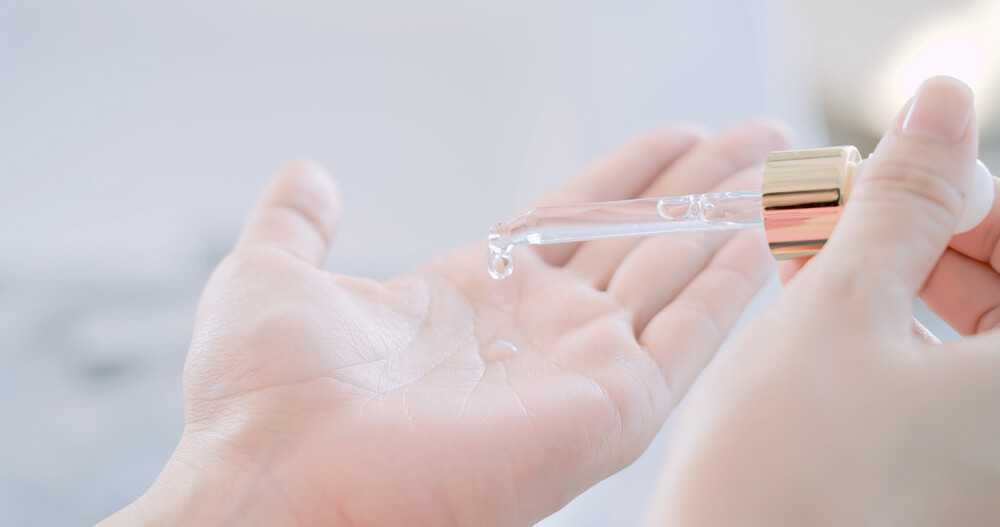
The skincare industry has really evolved in recent years, with a much bigger emphasis being placed on clean and green beauty. The problem is, with the skincare industry being largely unregulated, deciphering whether or not a product is actually ‘clean’ or not can be a challenge.
The best way forward is to familiarize yourself with ingredient lists. Knowing which ingredients adhere to your principles will make it easier for you to decide whether or not you should be using a certain product.
Not sure where to begin? Read on as OROGOLD takes a deep dive into the world of clean ingredients so that you can make the best choices for your skin.
What Are Clean Skincare Ingredients?
‘Clean’ means different things to everyone – there isn’t a clear or legal definition. However, most people would agree that clean ingredients comprise the following:
- They don’t contain any toxic elements
- Plant-based clean ingredients are grown organically and harvested sustainably
- They usually don’t contain any animal products
- They haven’t been tested on animals
- Their overall environmental impact should be minimal
You’ll notice that we haven’t ‘natural’ as a condition for being considered ‘clean’, and there’s a reason for this. Just because an ingredient is synthetically produced doesn’t mean that it can’t be clean. In fact, many synthetically produced ingredients are ‘cleaner’ than natural ones. Whether it be plants grown with harmful pesticides, essential oils processed with chemicals, or, as a 2008 study found, natural ingredients containing carcinogenic substances, don’t make the mistake of shunning an ingredient just because it has been produced in a lab. Instead, find out more about it before casting judgment.
Some of the Best Clean Ingredients to Look For
Wondering whether you now need to spend hours looking up each ingredient in your skincare products to see if they adhere to the above? The answer is no. If your current skincare products are working well for you, don’t go tossing them out just because you’ve suddenly discovered that they aren’t clean. Instead, spend some time getting to know which ingredients are clean so that as your products run out, you can then replace them with cleaner alternatives.
Here are some of the most beneficial clean skincare ingredients to look out for:
Aloe Vera

Aloe vera is a favorite among skincare enthusiasts, even those who aren’t bothered about clean ingredients. Why? Because its numerous bioactive compounds do so much for the skin, without causing any irritation whatsoever. In fact, it has the opposite effect – it soothes the feeling of inflammation, hydrates the skin, and provides a boatload of antioxidants.
The environmental impact of aloe vera is minimal too. Not only is it easy to cultivate and fast-growing, but it’s also abundant in the wild.
If you would like to add aloe vera to your skincare routine, you’ll find plenty of OROGOLD products infused with the botanical. Most, including the ever-popular 24K Nano Night Recovery, contain aloe vera leaf extract – a great way to lavish your skin with a concentrated form of the ingredient. However, some products, like the OROGOLD 24K Purifying Toner, take a different stance. This one boasts aloe vera leaf juice as one of its main ingredients. This allows your skin to benefit even more from aloe’s hydrating properties, especially since it’s combined with several other hydrating and clean ingredients in this toner.
Hyaluronic Acid
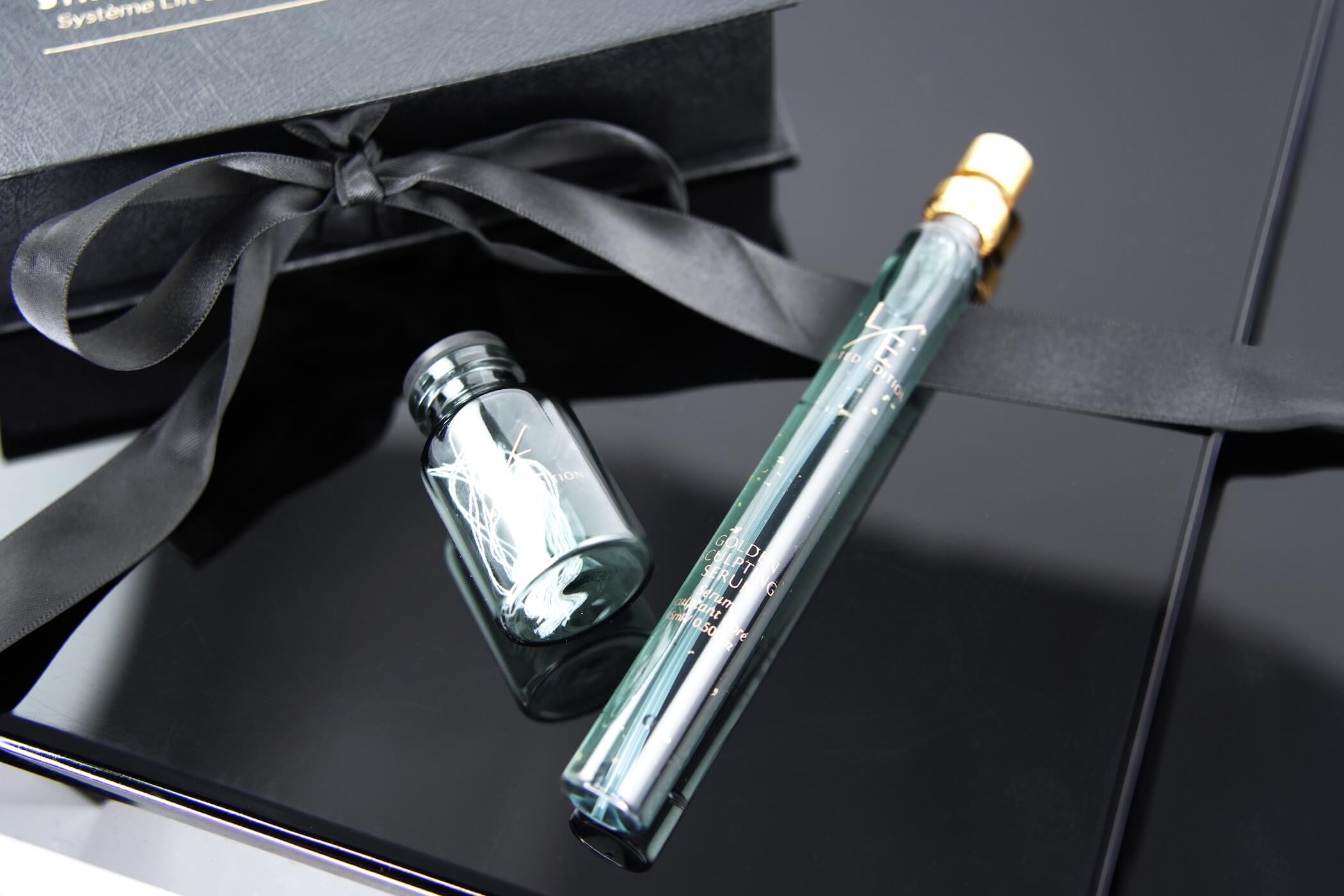
While the name ‘hyaluronic acid’ may sound science-y and synthetic, this sugar is actually naturally found in the human body. It’s mostly found in the skin, joints, and eyes, with its main purpose being to provide hydration and lubrication.
While the hyaluronic acid found in skincare is produced in a lab, a bio-fermentation process that has a very low environmental impact is used. The fact that it’s safe for all skin types, doesn’t cause any adverse reactions, and does an incredible job of hydrating the skin makes it one of the most noteworthy clean ingredients around.
The same applies to sodium hyaluronate – the salt form of hyaluronic acid. This essentially means that it has a smaller molecular size, making it easier for your skin to drink the ingredient up. You’ll find both hyaluronic acid and sodium hyaluronate in various OROGOLD products, but if you really want to make the most of the ingredient, the String Lift Sculpting System is a must-try. This skin-quenching solution is brimming with six different forms of hyaluronic acid, plus several other clean ingredients that hydrate and soothe the complexion.
Vitamin C
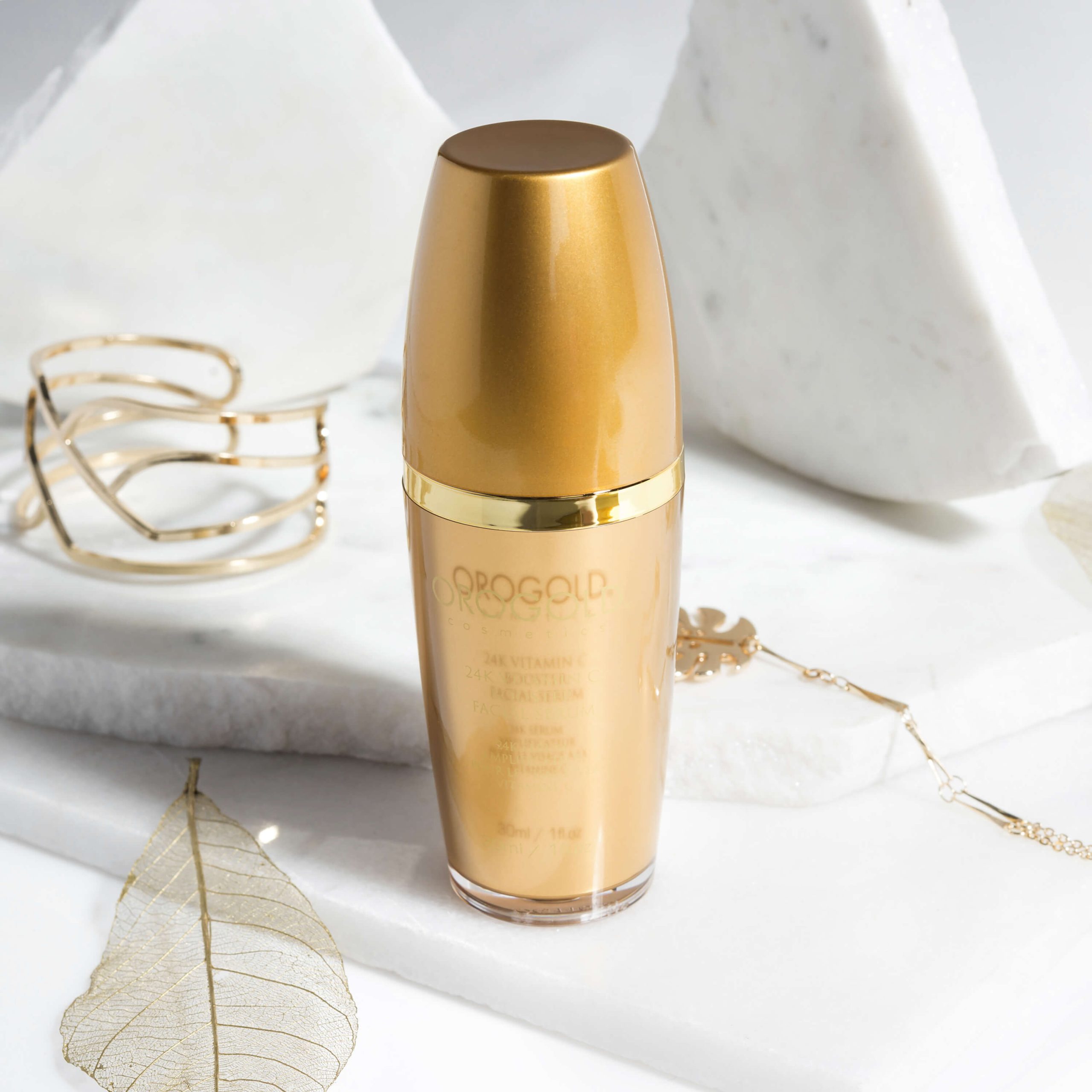
Vitamin C is one of the most famous skincare ingredients around, yet many don’t realize that it’s classed as a clean ingredient. This powerful antioxidant is loved for its multi-tasking abilities, with this single ingredient able to help with the appearance of everything from wrinkles to dark spots to loose skin.
Whether naturally derived or lab-produced, vitamin C has a low environmental footprint. The only factor that may sway it away from being considered ‘clean’ is the fact that it can sometimes cause skin irritation. However, this is only when it’s used incorrectly. With so many vitamin C derivatives available, pairing the right version of the antioxidant with your skin type is essential if you want to take full advantage of all that this ingredient has to offer.
You’ll find a few different forms of vitamin C used in OROGOLD products. The Vitamin C Booster Facial Serum contains tetrahexyldecyl ascorbate and ascorbyl palmitate. Both are highly stable and usually tolerated well by all skin types. Meanwhile, the 24K Termica Activation Serum contains ascorbic acid. This is a derivative that may leave sensitive skin feeling irritated, although this serum combines it with plenty of complexion-soothing ingredients to prevent that.
Vitamin C can also be found in many natural extracts, such as the rose hip seed extract that’s used in the OROGOLD Rose Gold Collection. Roses are a great source of the ingredient – while not all natural extracts can be considered clean, this one can!
Chamomile
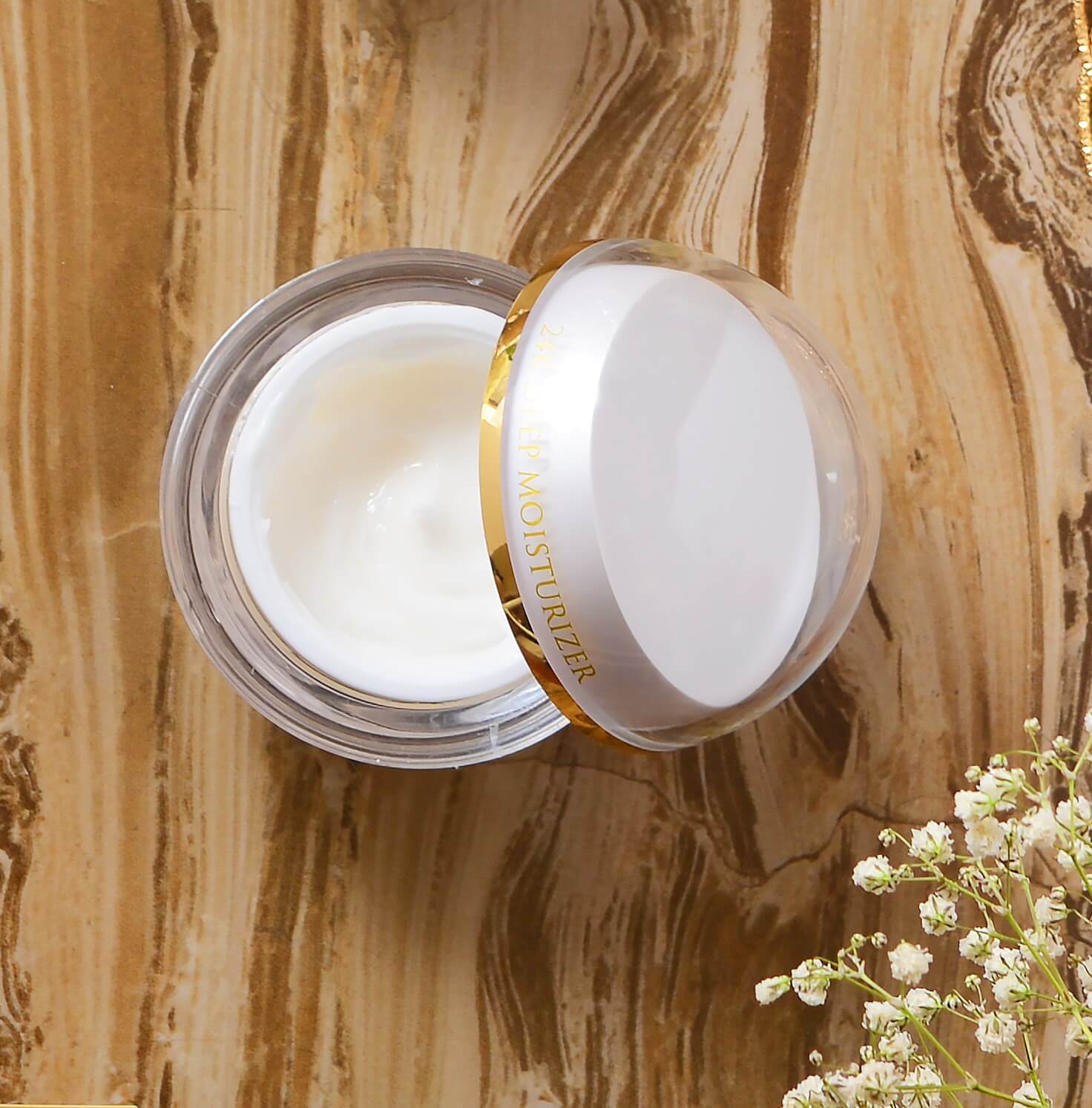
While many plant extracts can be called clean ingredients, chamomile is in a class of its own. Why? Just like aloe vera, this ingredient has been proven to reduce the feeling of inflammation in the skin while also providing an array of skin-loving antioxidants.
Again, like all clean ingredients, chamomile is one that can safely be used on all skin types. It can also be grown and harvested in an environmentally sustainable way, although you’d need to opt for organic chamomile to ensure this.
Fortunately, organic chamomile is easy to find when you shop at OROGOLD! Lavish your face with the ingredient with the 24K Deep Moisturizer. This rich face cream will leave your skin feeling silky soft! Meanwhile, thanks to the 24K Classic Hand & Body Cream, the skin on your body can benefit from organic chamomile too!
Niacinamide
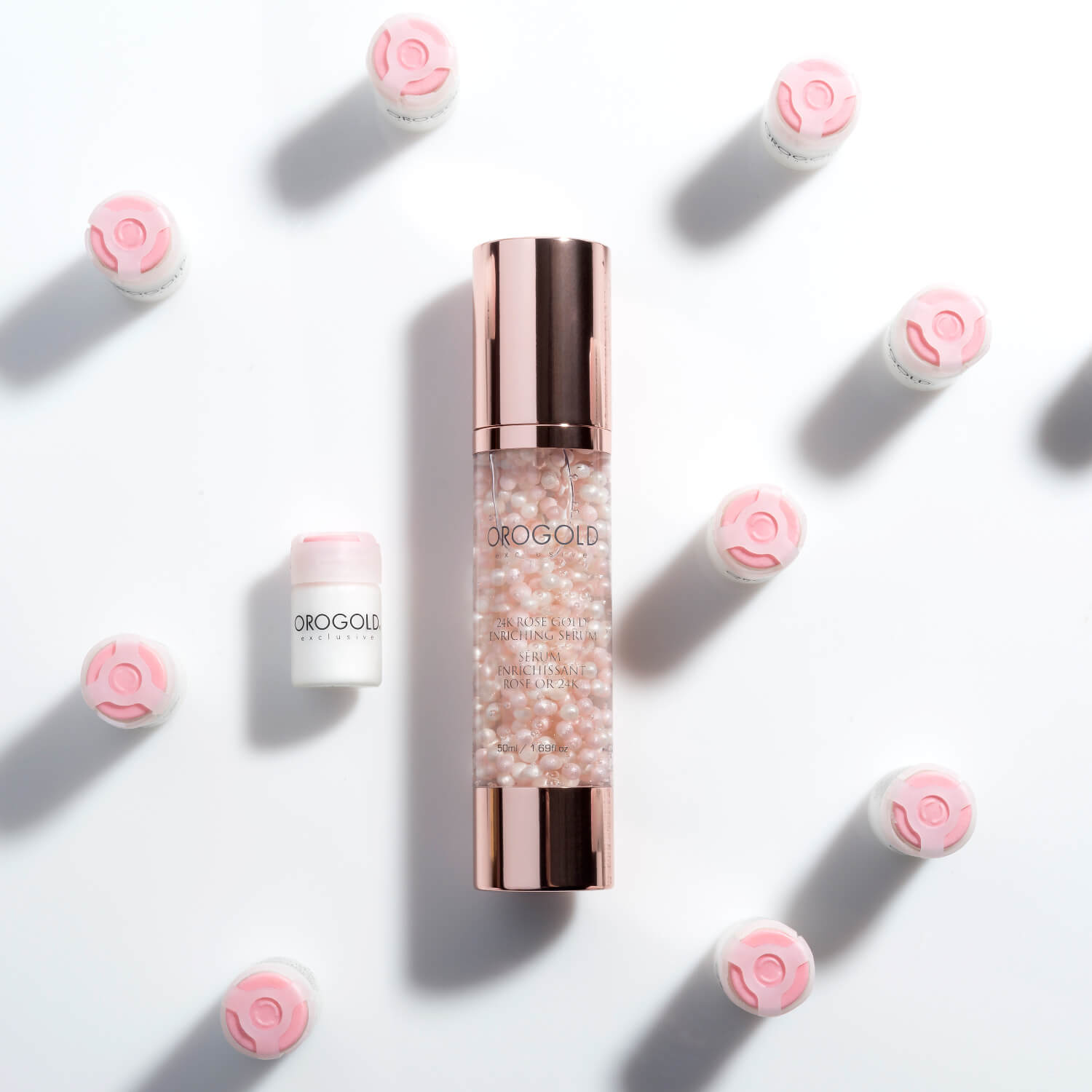
We’ve already talked about vitamin C, but vitamin B3, also known as niacinamide, is another vitamin that tops the list of the best clean ingredients in skincare. Again, it occurs naturally in the body and is also present in many foods. This is likely why the skin tolerates it so well, making it an ingredient that can safely be used on all skin types.
Although synthetically produced niacinamide has a minimal environmental impact and is considered to be ‘nature-identical’, more and more manufacturers are now sourcing the ingredient from renewable plant sources, like sugar cane. This further enhances the ingredient’s green and clean credentials.
Want to give niacinamide a try? The OROGOLD 24K Rose Gold Age Glow Duo highlights the ingredient’s ability to reduce the appearance of fine lines and even out the complexion. In this formula, niacinamide is joined by several other clean ingredients, including sodium hyaluronate, vitamin C, aloe vera leaf extract, and rose hip seed extract. If you’d prefer to use the ingredient in the form of a moisturizer, the 24K Golden Dew Serum-in-Cream provides lightweight hydration and plenty of antioxidant power.
Which Ingredients Wouldn’t Be Considered Clean?

Now that you know a little more about how to choose skincare products that contain clean ingredients, let’s talk about ingredients that sit on the opposite end of the scale. Yes, the concept of clean skincare is a spectrum, but some ingredients should still be avoided at all costs:
- Parabens – while these preservatives are commonly used in skincare, they are as far from clean as could possibly be! Not only have they been linked with everything from organ damage to thyroid disruption to certain cancers, but they’re also known for being irritants when applied topically.
- Sulfates – these cleansing agents are powerful – more than they need to be. They’re infamous for stripping the skin’s natural protective barrier, which can then lead to a whole host of problems.
- Refined petroleum – not only is this ingredient bad news from an environmental point of view but some forms of it are also considered to be carcinogenic.
- Hydroquinone – this skin-lightening agent has a number of safety concerns, so much so that it’s banned in many countries. If you’re looking to lighten the appearance of dark spots, there are much safer ingredients out there to choose from, like the licorice root extract in the OROGOLD 24K Overnight Cream.
- Talc – while talc itself isn’t an issue, the majority of the talc out there is contaminated with asbestos. If you can find a clean source, this ingredient can be useful but, usually, it’s best avoided.
How Clean is Your Skincare?
As we mentioned earlier, don’t panic if you’ve suddenly realized that the skincare products you currently use contain very few clean ingredients. Yes, clean skincare is undeniably better for your skin, as well as your overall health, but a drastic overhaul of your routine isn’t needed. Plus, it’s never a good idea to subject your skin to several new products all at once! Instead, take things slowly, gradually swapping out various products in your routine for cleaner alternatives. Yes, finding products containing only clean ingredients can be a challenge, but your efforts will soon pay off when it comes to your complexion.
Click here to browse more bestselling skincare products from OROGOLD.




 A.U.
A.U. B.R.
B.R. C.A.
C.A. E.S.
E.S. H.K.
H.K. M.X.
M.X. N.L.
N.L. P.R.
P.R. S.G.
S.G. T.W.
T.W. U.K.
U.K. S.A.
S.A.

